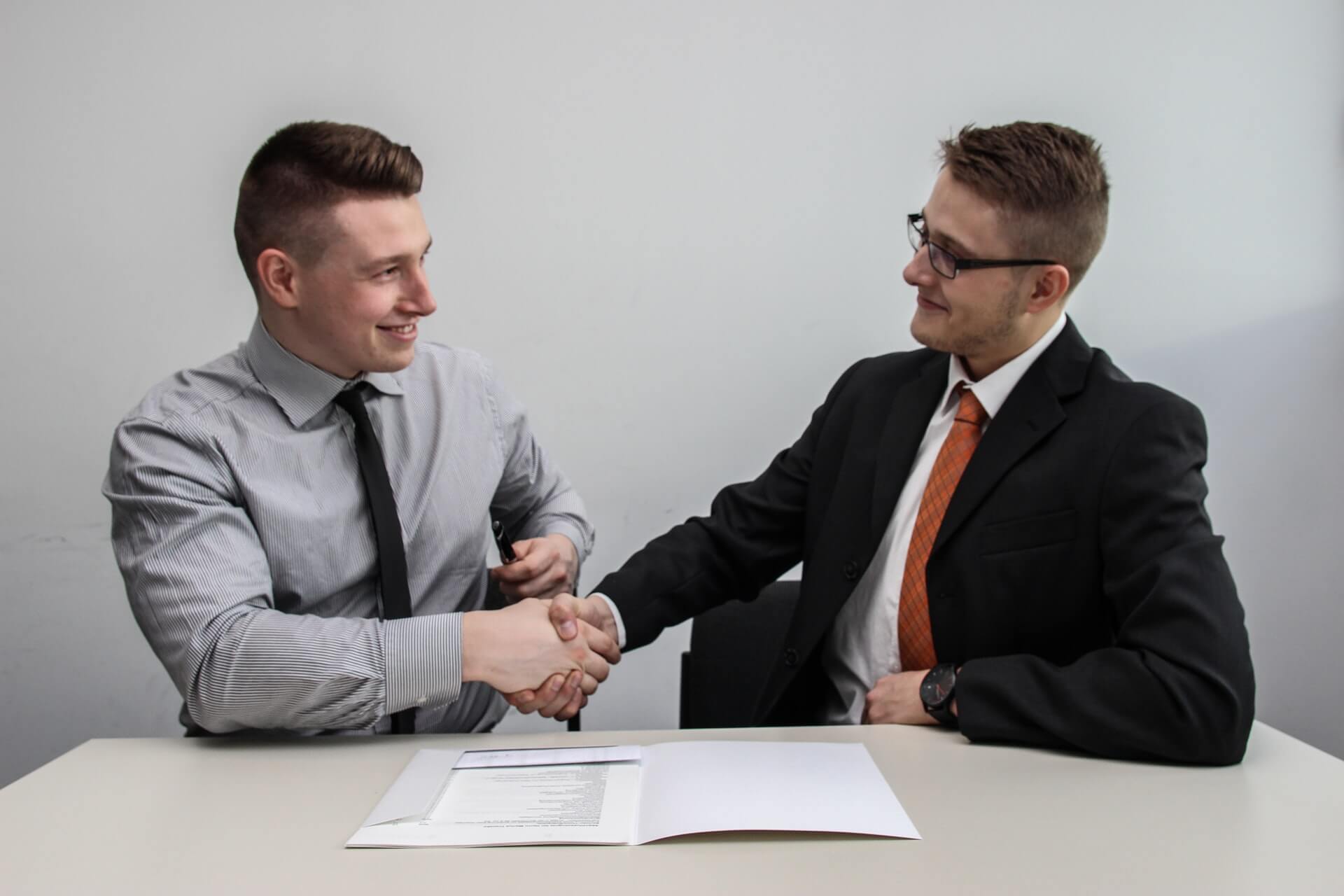While most grant maker guidelines — foundation, corporate and certainly government — specifically exclude capital campaigns, there are some few that will consider a proposal requesting campaign support.
Applicants need to identify those in their funding source research. The proposal will be a restatement of the case statement and should be formatted according to the funder’s guidelines.
Before applying for grant funding, it is wise to have completed the silent phase and include fundraising progress in the proposal. Grant funders to campaigns generally don’t like to be first and they don’t like to be the largest contributor. Showing them that lead gifts are in hand and that the campaign has generated at least 50% of goal is an important strategy consideration when including grants in a campaign portfolio.
What about all those grantors that exclude campaign funding? Many campaigns today are not just for “bricks and mortar.” They are structured to include programmatic themes. These may include scholarships, endowment support, special projects of many types, as well as general support — and also buildings.
In applying for support to funders that exclude campaigns, the proposal writer should focus on the specific components contained in the overall campaign, and structure the request for the specific project or projects. As long as the proposal is consistent with the grant makers’ guidelines, it may be considered even though the program is part of a larger campaign.
As always, the applicant should try to make personal contact with the funder to discuss the project. It’s fine to mention the overall campaign in that conversation, and that reference can be echoed in the proposal.
Will grants “count” toward the campaign goal if the funder is not making a grant to the campaign itself, but is supporting a project within the campaign?
A review of the CASE* Standards will provide guidance. Most grants can be considered if the campaign is of the “count everything” variety. Even some government grants may qualify — especially if they are NEH type challenge grants. Gifts made in response to the challenge, and the NEH payments will count.
* (Council for the Advancement and Support of Education)
=-=-=-=-=-=-=-=-=-=-=-=-=-=
Have a comment or a question about starting or expanding your grants program? Email me at [email protected]..








